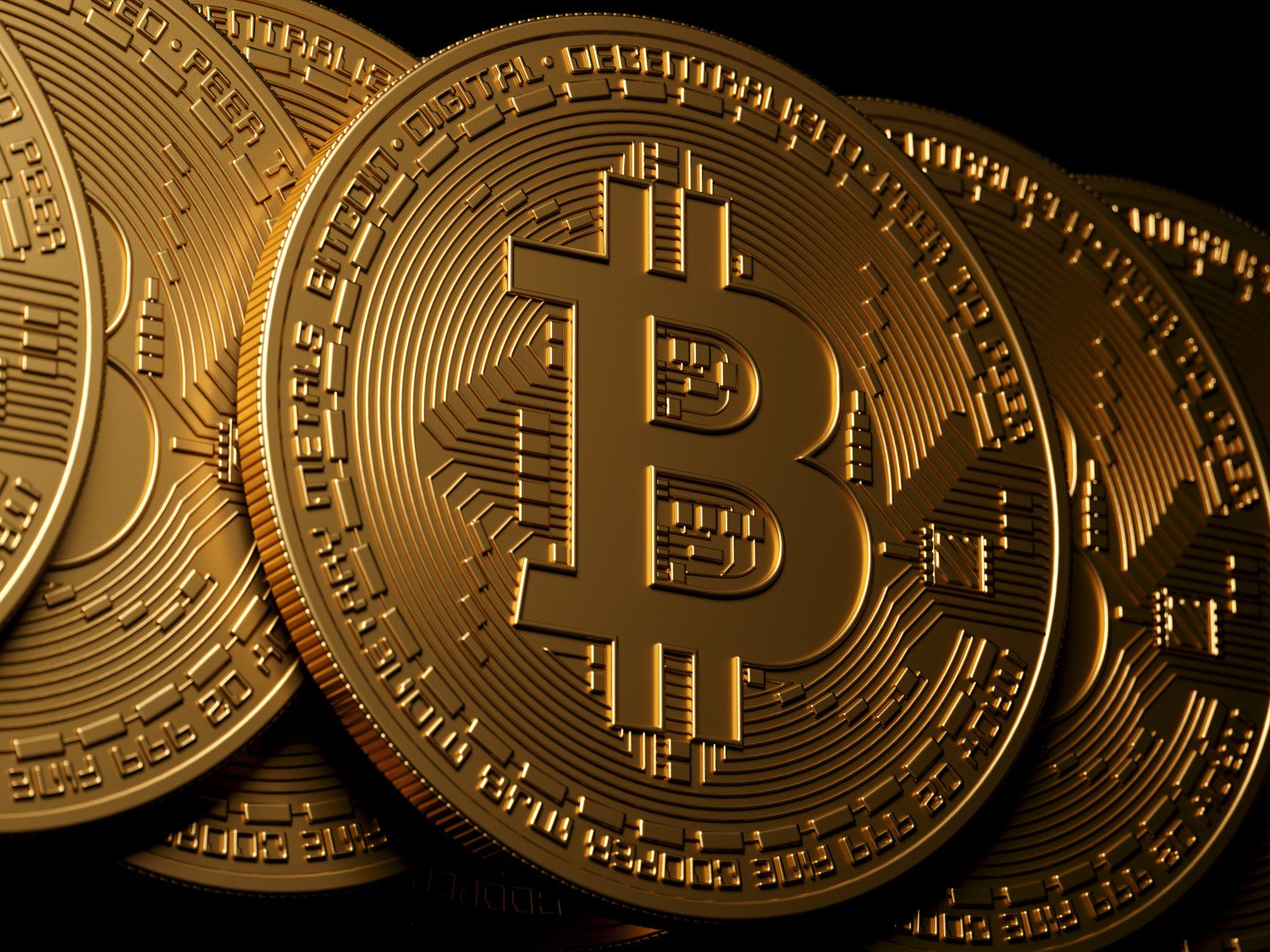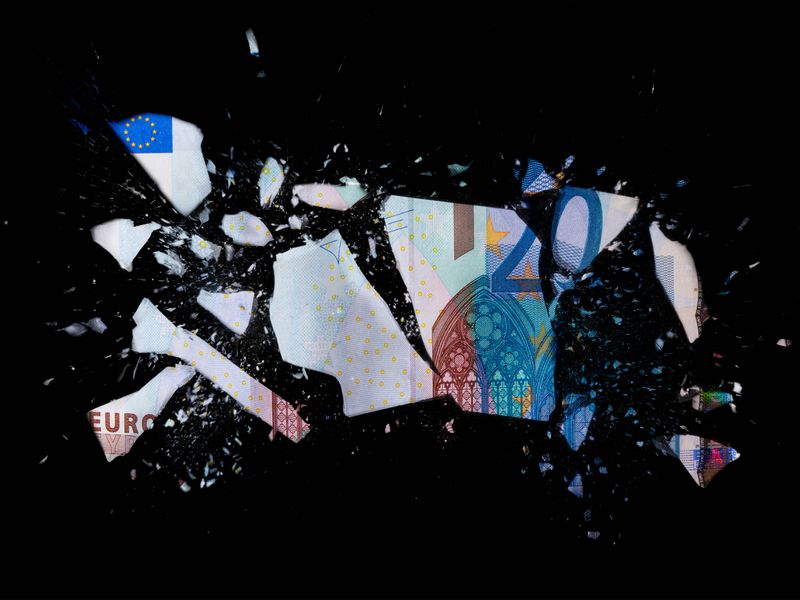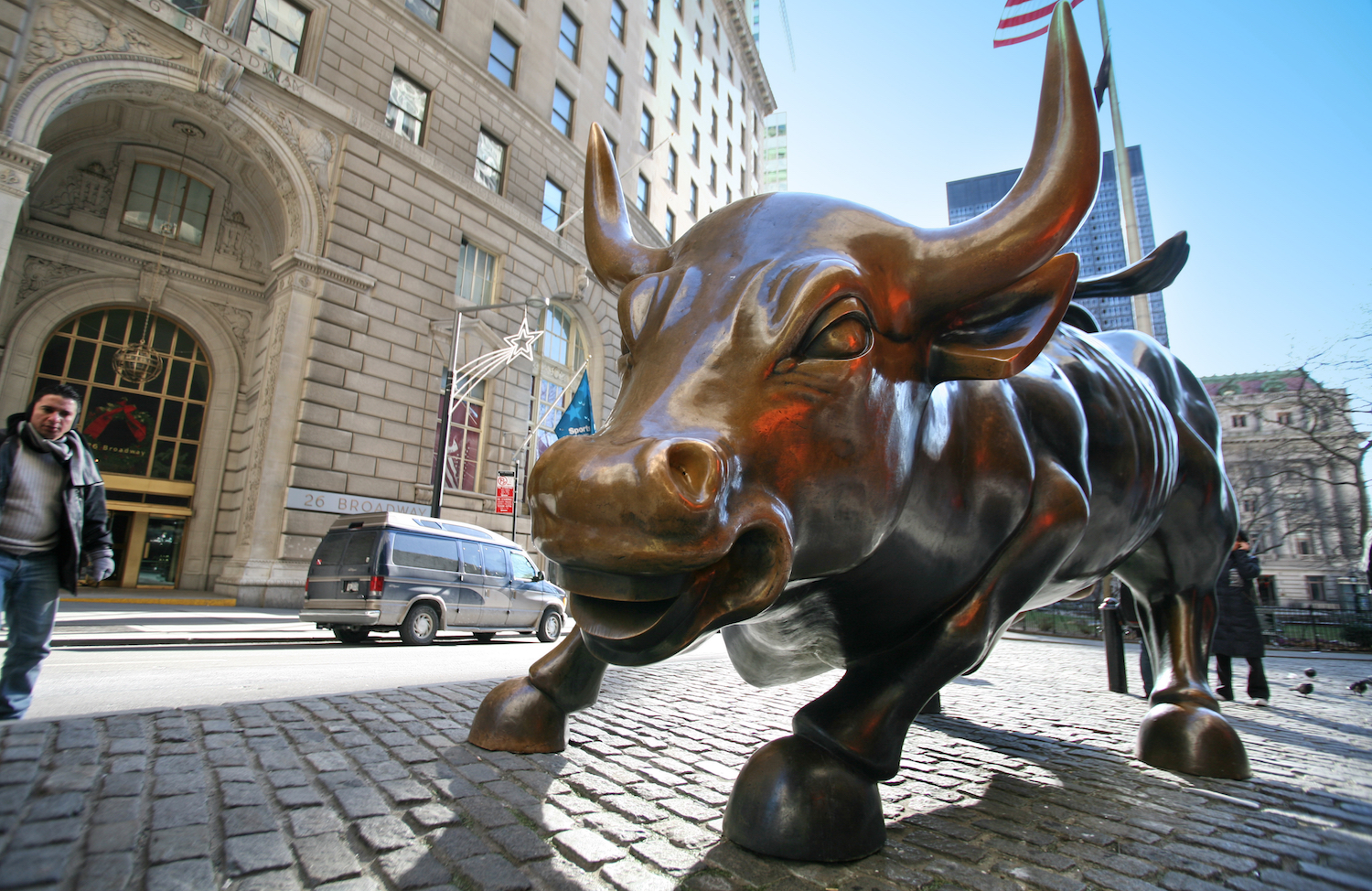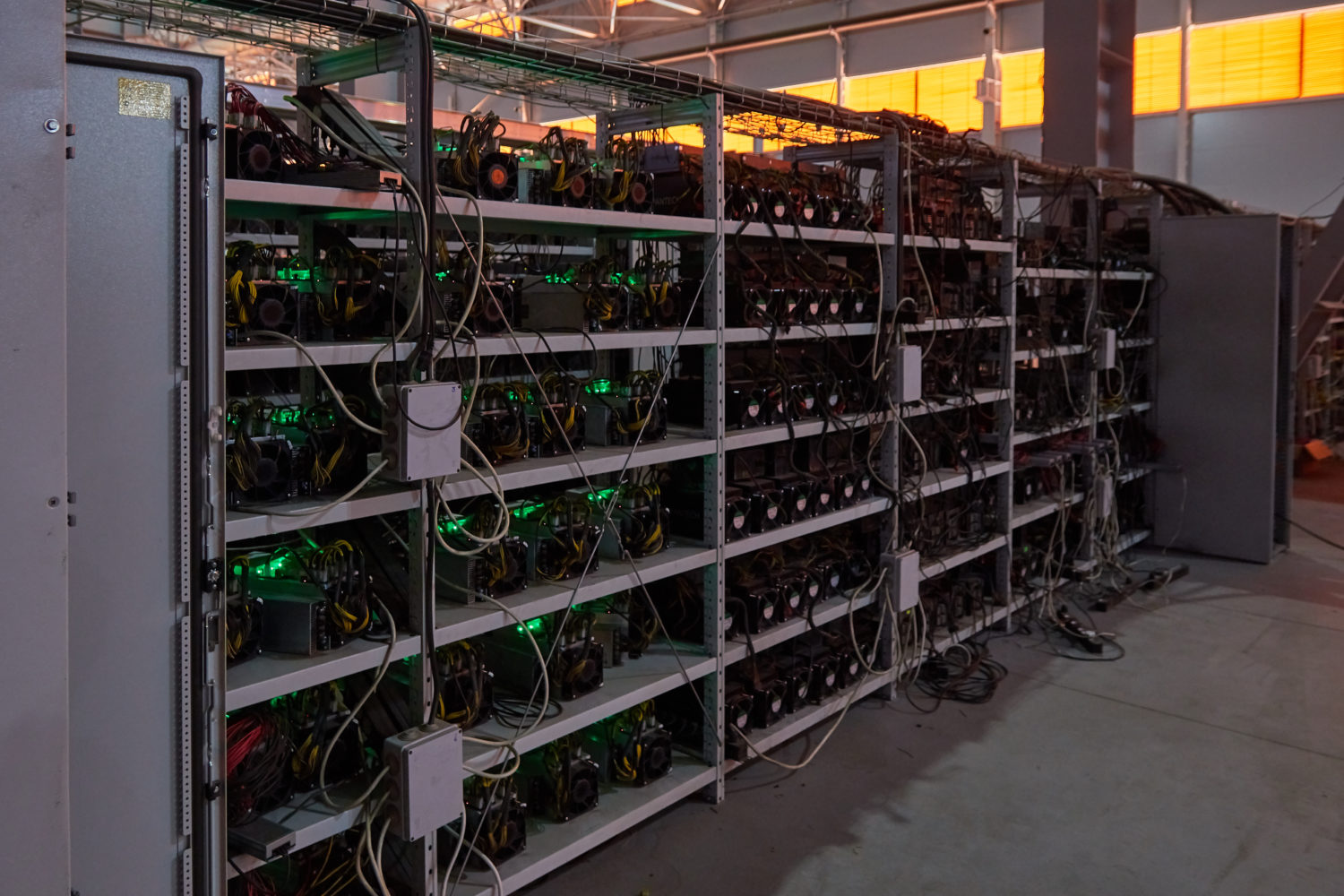2023: A Critical Juncture for the Global Stablecoin Market
In 2023, the global stablecoin market has witnessed a year of unprecedented developments, shaping the future of digital currencies. This year marks a significant shift, not only in technological adoption and innovation but also in the regulatory landscape that governs these digital assets.
This post is part of CoinDesk’s “Crypto 2024” predictions package. Yiannis Giokas is a senior director with Moody’s Analytics.
Navigating the complex regulatory terrain
The stablecoin market in 2023 has undergone a transformation, driven by significant advancements in regulation. Given that the U.S. is by far the primary market for stablecoins, the Financial Stability Board’s (FSB) recommendations, advocating for comprehensive regulation and oversight of global stablecoin arrangements have proven to be a pivotal moment. These guidelines aim to foster a unified approach to managing stablecoins within the international financial system, highlighting their potential impact on global financial stability.
Elsewhere, the G-20 discussions earlier in the year revealed a split in perspectives, especially among emerging economies, over concerns about the disruptive potential of stablecoins on sovereign monetary policies. This led to calls for stringent regulatory frameworks, reflecting the need to balance financial innovation with national economic safeguards. In October, the G20 adopted a crypto roadmap to coordinate a global policy framework for crypto assets, including stablecoins, which will also take into consideration implications for emerging markets.
In the U.K., the Financial Conduct Authority (FCA) and the Bank of England (BoE) are working towards finalizing regulations by 2025, indicating a commitment to safely integrating stablecoins into the financial ecosystem. Similarly, the European Union’s Markets in Crypto Assets (MiCA) regulation sets a high benchmark for stablecoin oversight, with specific capital and liquidity requirements for issuers.
The United States is also taking legislative strides with various proposals to regulate stablecoins. A comprehensive stablecoin regulatory framework positions Japan ahead of other jurisdictions. Singapore’s Monetary Authority of Singapore (MAS) has finalized its framework for single currency stablecoins, and Hong Kong is preparing to introduce a regulatory framework by the end of 2024.
A tumultuous year
It has been a rollercoaster year for the stablecoin market. It started with the announcement that U.S.-dollar backed Binance-branded BUSD would no longer be minted, nor supported into 2024, leading to a search for reliable alternatives.
Then major stablecoins including USDC and DAI experienced de-pegging events during a banking crisis in March, raising concerns about their reliability. Binance’s endorsement of trueUSD (TUSD) and tether (USDT) maintaining their status as “trusted” stablecoins despite regulatory and transparency challenges, marked significant moments in the market’s evolution.
It’s clear that the stablecoin market is at a crucial juncture
Moody’s Analytics published a report that highlighted that large fiat-backed stablecoins depegged 600+ times in 2023, which futher encapsulated the volatility in the market.
Adoption in mainstream financial operations
This year, major companies like Visa, Mastercard and Checkout.com have embraced stablecoins for various applications. Visa expanded its stablecoin settlement capabilities and initiated pilot programs with Circle’s USDC using the Solana blockchain. Mastercard collaborated with Immersve to enable crypto payments in New Zealand and Australia.
Checkout.com launched a stablecoin settlement solution, offering merchants 24/7 settlement flexibility, even on weekends and holidays.
Looking ahead
As we navigate through 2023, it’s clear that the stablecoin market is at a crucial juncture. The regulatory landscapes across the globe reflect a concerted effort to integrate stablecoins safely into the financial system. While these regulatory efforts vary in approach and scope, they share a common goal: harnessing the potential of stablecoins while mitigating associated risks.
Despite facing significant challenges, the market has shown resilience and adaptability. The evolution of stablecoins seems to be leaning towards enhanced regulatory compliance and a gradual shift towards more transparent, decentralized models. This promises a more secure and stable future for this crucial sector of the crypto economy.
This year has been pivotal for stablecoins, marked by a broader regulatory push aimed at ensuring their stability and security. Despite some challenges and market fluctuations, the uptake and integration of stablecoins into both the crypto ecosystem and traditional finance indicate their increasing importance and potential for continued growth and innovation.
As we move forward, the stablecoin market’s trajectory points toward a future where these digital assets play an integral role in the broader financial landscape. In this regard, stablecoin issuers would be wise in 2024 to focus on transparency, risk management and putting in place proper controls in order to enhance trust and safeguards around the integrity of redemptions.









